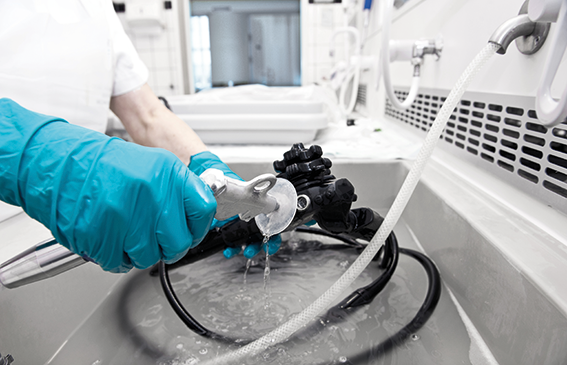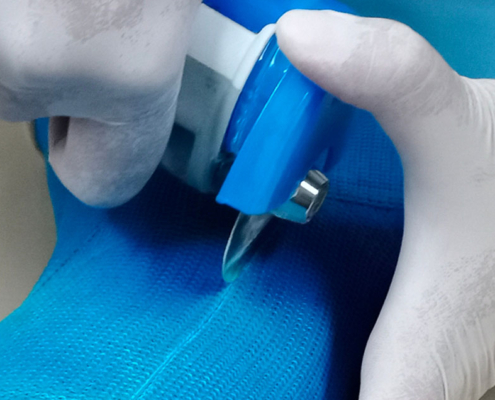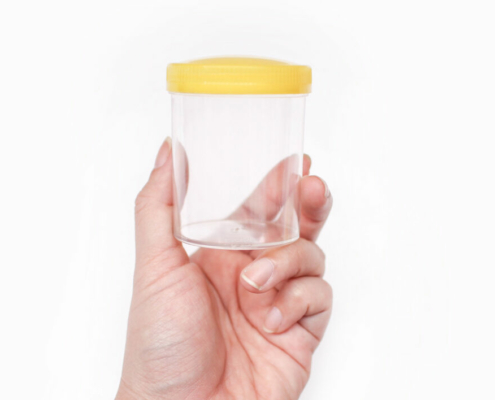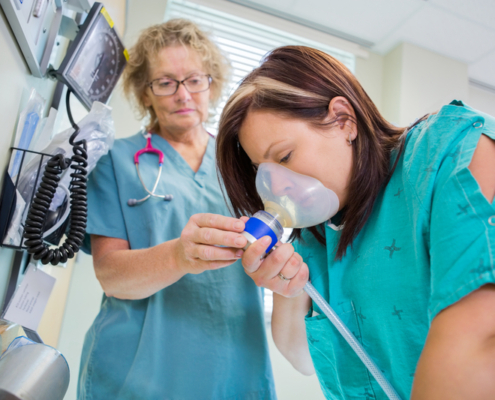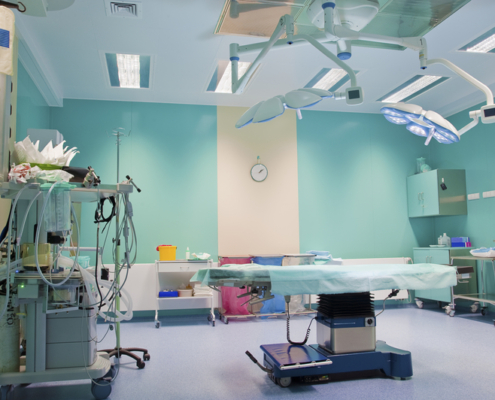Conforming to IHEEM annual AE(D) audit and JAG accreditation
Our workplace exposure monitoring helps Sterile Services Department (SSD) and Endoscope Decontamination Unit (EDUs) to achieve and maintain their annual JAG accreditation. This provides important evidence that an NHS or independent UK sterile and endoscope service is competent to deliver against the criteria set out in the JAG standards and fulfil IHEEM annual AE(D) audit tool 12.00.
Atmospheric Peracetic acid is measured at low, medium and high levels from the floor, and temperature readings are taken as requested in section 9.6. On completion of on-site work and analysis, a comprehensive final report is supplied.
Monitoring allows our customers to demonstrate that the control measure they have set in place in SSD and EDUs are working effectively as stated in regulation 10 of the Control of Substances Hazardous to Health 2002 Regulations (COSHH), which states that exposure must be below workplace exposure limits and monitoring is appropriate when you need to show compliance with a WEL.
Cairn Technology Limited have an in depth understanding of how SSD and EDUs work and have the expertise to carry out monitoring with the minimum of disruption caused, to ensure that staff can continue with their works.
To support this, our monitoring consultants are members of the IntelliCentrics Sec3ure Accreditation scheme and are medical industry accredited (MIA) with the credentials required to work within a range of hospital departments.
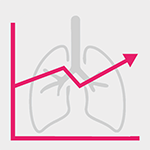
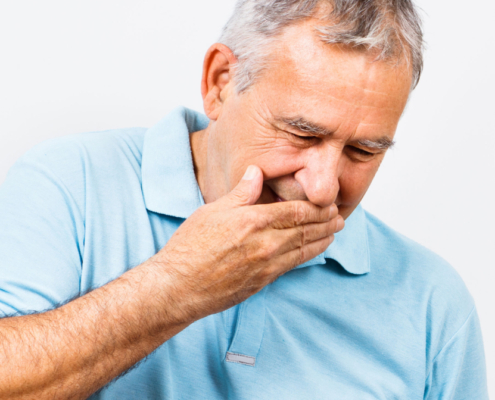 https://cairntechnology.com/wp-content/uploads/2025/06/cough-cropped.jpg
1080
831
Sharon Evans
https://cairntechnology.com/wp-content/uploads/2023/06/Cairn-logo_RGB-compact-3.jpg
Sharon Evans2025-11-10 14:20:442025-11-10 14:20:44Dust risks in hospitals
https://cairntechnology.com/wp-content/uploads/2025/06/cough-cropped.jpg
1080
831
Sharon Evans
https://cairntechnology.com/wp-content/uploads/2023/06/Cairn-logo_RGB-compact-3.jpg
Sharon Evans2025-11-10 14:20:442025-11-10 14:20:44Dust risks in hospitals

